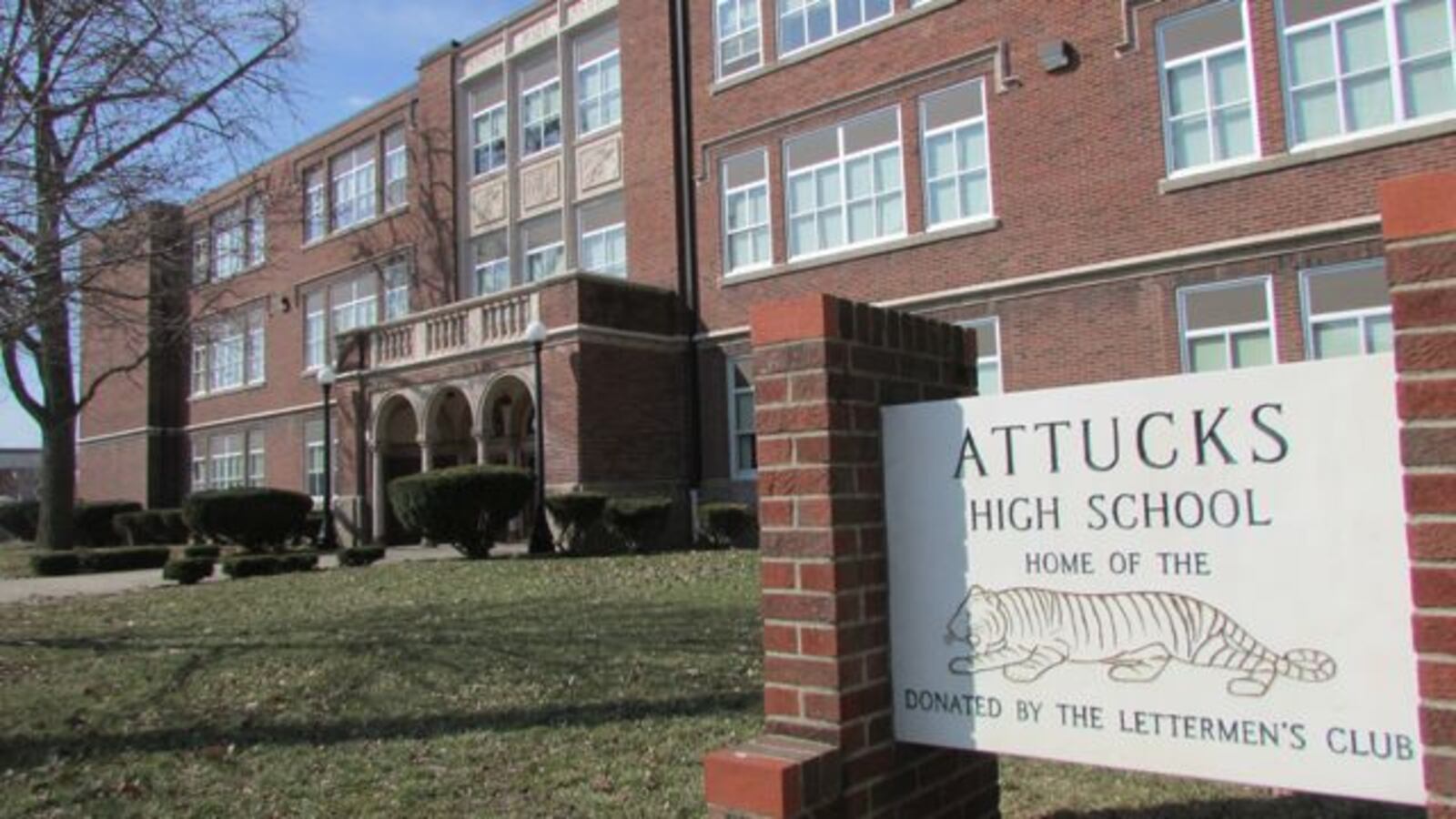It has been more than a decade since Indianapolis Public Schools adopted a new strategy to take on shrinking enrollment, high dropout rates and low test scores: combining middle schools with high schools.
Between 2001 and 2007, more than seven combined junior/senior high schools were created as district officials hoped that streamlining the transition to high school would reduce the dropout rate.
The dropout rate has come down but middle schools have suffered. Middle schoolers at combined schools have consistently dismal scores on the state ISTEP test and the district loses hundreds of middle school kids each year.
Now, acknowledging that the combined schools were a bust, the district is reversing course.
A new board and superintendent have announced plans to break up combined junior/senior high schools in favor of freestanding middle schools or elementary schools that educate students up to 8th grade.
The changes to grade configurations are part of a popular school turnaround strategy that districts have tried across the country as trends have swung back and forth between different theories about which combination of grades works best in a school. Some push for K-8 schools, others want 6th grade in elementary schools or 8th grade in high school.
But despite years of research into the strategy, there is still little consensus among experts on whether restructuring grades is an effective approach to improving student test scores or school climate.
Reconfiguring schools is very costly and tailoring classroom instruction to the needs of middle school students typically has a far greater impact on outcomes, said Brian Carolan, associate dean of the graduate school and professor at Montclair State University.
“If you’re looking for a magic bullet, no — this isn’t it,” he said.
There is some research to support the idea that K-8 schools better serve middle schoolers, and reconfiguring school grades may be the right choice for some districts, Carolan said. It simply varies depending on the district and the specific needs of its students.
(Read: For IPS, middle school test score struggles are a puzzle to solve.)
In IPS, this could be a good moment to consider reconfiguration because the district may also need to close schools due to shrinking enrollment. The district has about 22 percent fewer children than it did 10 years ago. And many people are dissatisfied with the district’s combined middle and high schools, which have particularly low test scores and spark concern over the interaction between students of widely varying ages.
One parent who is eager to see the district remove middle schoolers from high school is Renee Shaw, whose daughter is a 10th grader at Crispus Attucks High School. When her daughter enrolled last fall, Shaw was horrified to see vulnerable pre-teens interacting with high schoolers.
“I just think that they need to be separate,” said Shaw, who would like to see the district move to dedicated middle schools. “That’s a really different time in your life. Your hormones are changing. Your body is going through a lot of changes.”
Although district leaders aim to cut middle school programs from high schools, they haven’t yet settled on a plan for where most of those students will be educated. Many middle schoolers are already in K-8 buildings or Harshman Middle School — programs that will not change. But about 2,033 middle schoolers are in schools that serve students in grades 6-12 or 7-12, and the district will need to create new middle or K-8 schools to fill that gap, said Wanda Legrand, IPS deputy superintendent.
No matter what type of schools the district creates, however, leaders say reconfiguring schools will go hand-in-hand with a renewed focus on offering programs targeted to middle schools students. That includes exploratory courses, guidance to help students transition to high school and interdisciplinary team teaching.
Over the last two weeks, the district has held several community meetings designed to gather input from families about the kind of grade configuration they would like to see. Parents and community members have been fairly split, said Legrand. Some strongly support traditional middle schools and others favor K-8 schools.
When Emily Jarzen and her husband were choosing a school for their daughter, they looked at School 57, a thriving neighborhood school near their home. But it only goes up to 6th grade, and they wanted to be sure she could stay all the way through middle school.
“We just both remember transitioning to 6th grade being very hard,” said Jarzen, whose daughter is in second grade at Rousseau McClellan, a K-8 Montessori magnet program. “We just thought that if she could be in a place that she was comfortable during those years, we would really like that for her.”

